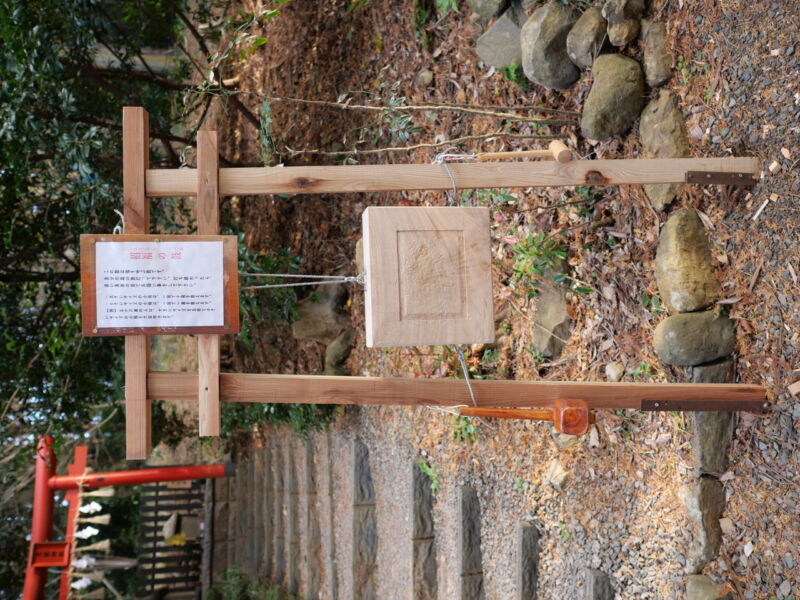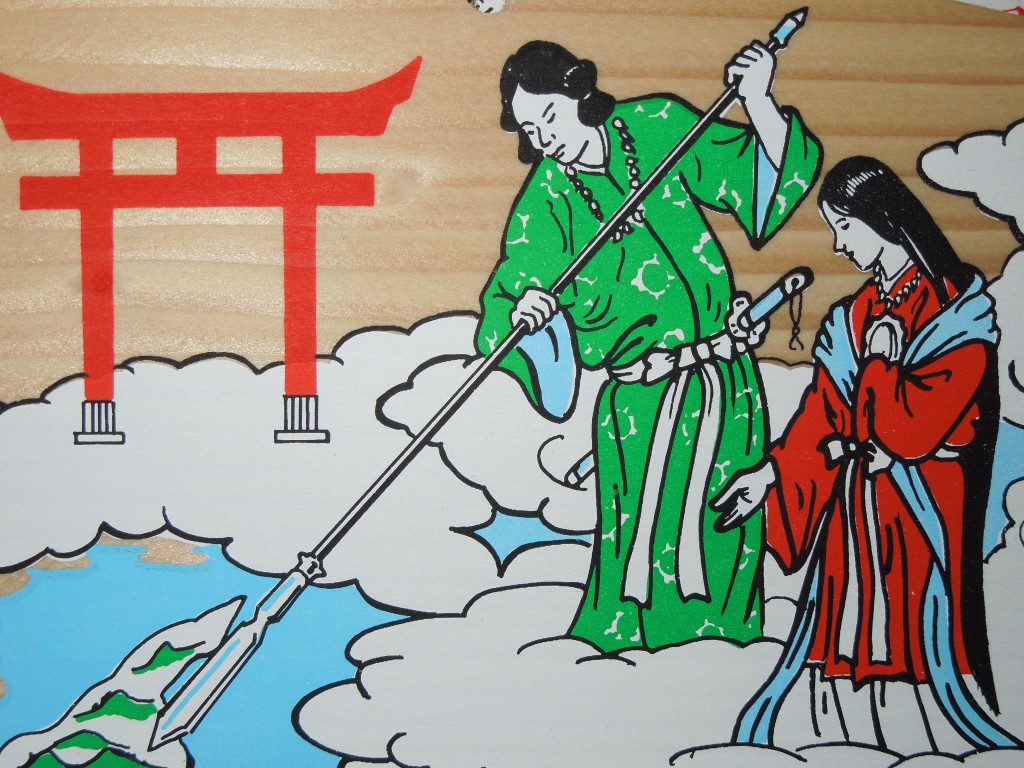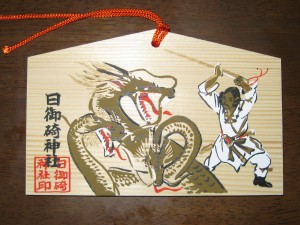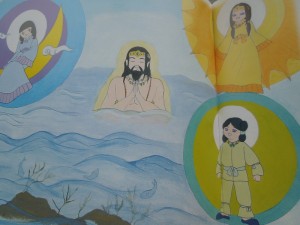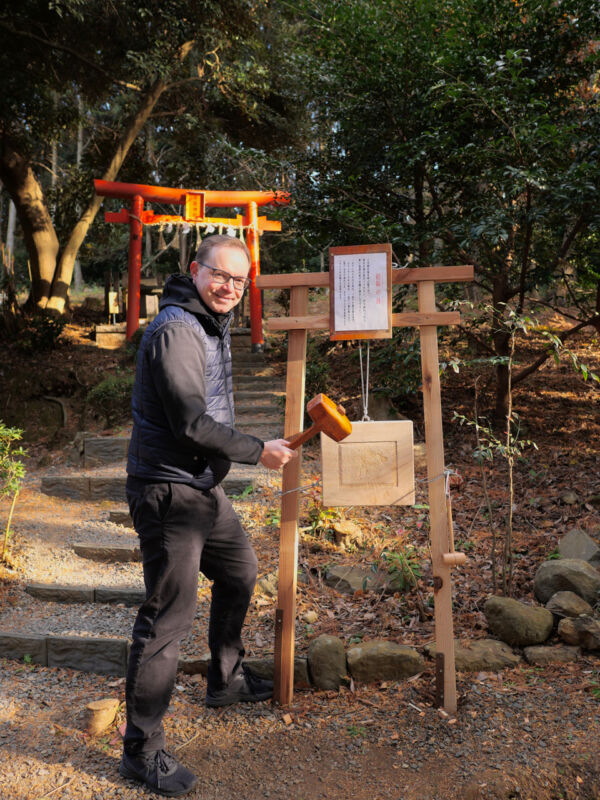
There have been few postings on Green Shinto in the second half of 2020, as from August 18 to November 10, I travelled by train the length of Japan, from the most northerly railway station in Hokkaido (Wakkanai) to the most southerly in Kyushu (near Ibusuki).
Along the way I took the opportunity to visit some significant shrines., and found several items of interest. Some shrines had simply closed their water-basins (temizuya) and replaced them with alcohol spray. Others had taken the opportunity to decorate the temizuya in imaginative fashion.
One shrine of interest that I came across was the Tsukiyomi Shrine on Ikinoshima (Iki Island), The island is notable for its abundance of shrines compared to the number of population, suggesting the islanders are close to the Shinto spirit. The object of worship at the shrine is unusual, being for Amaterasu’s brother, the Moon God Tsukuyomi. While Amaterasu came out of Izanagi’s left eye, Tsukuyomi came out of the right eye, and the storm sneezing Susanoo no mikoto came out of his nose.
How come the moon god does not feature so much in the national awareness? Given the centrality of the moon to Japanese literature, the obscurity of the moon deity is puzzling. It’s said that Iki Island was the original place of worship for the deity, so perhaps the immigrants who worshipped him there were later integrated into the wider Yamato community and lost their moon consciousness. The mythology suggests that Amaterasu fell out with Tsukuyomi over a visit to the food goddess, Ukemochi, and that she banished him to the other side of the sky so she wouldn’t have to deal with him any more. After that she simply outshone him.
On Iki Island, the intriguing Tsukiyomi Jinja has an unusual wooden plaque for banging on with two mallets. It’s an item I’ve never come across elsewhere on my travels.
The explanation above the plaque gives instruction how to make the number of your age with the two hammers hanging down the sides. The sound from the large mallet is counted as ten hits. So if you are 56 years old, you should make 5 hits with the big mallet and six hits with the smaller one. And then you should make your wishes before the wooden torii.
It would be nice to know where the inspiration for this came from, and Green Shinto sympathiser Chuk Kohalyk has said he will follow up by contacting the priest in charge. Meanwhile we will keep our eyes open to see if this is a custom that will spread…
